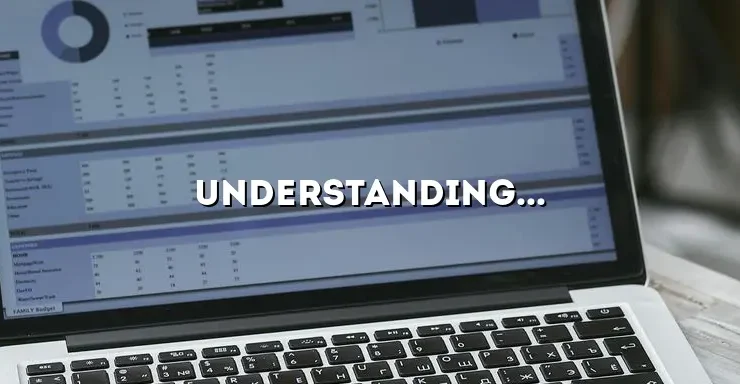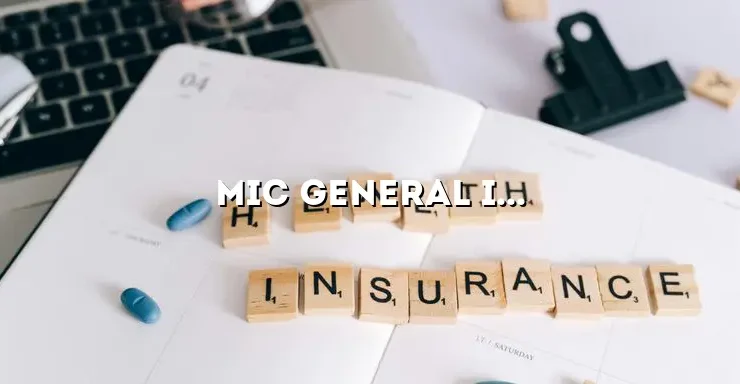
When it comes to rhinoplasty, commonly known as a nose job, many individuals wonder if their insurance will cover the cost of the procedure. While it is essential to consult with your insurance provider to understand the specifics of your coverage, this article aims to provide a comprehensive overview of the topic. From understanding the factors that influence insurance coverage to exploring alternative financing options, we will delve into the world of insurance coverage for rhinoplasty.
In this article, we will discuss the various aspects of insurance coverage for rhinoplasty, including the criteria insurance companies use to determine coverage. We will also explore the different types of rhinoplasty and their potential implications on insurance coverage. Additionally, we will provide insights into alternative financing options for those who may not be eligible for insurance coverage.
Understanding Insurance Coverage for Rhinoplasty
When considering rhinoplasty, it is crucial to understand how insurance companies determine coverage for the procedure. Insurance coverage for rhinoplasty can vary depending on several factors, including the insurance policy, medical necessity, and pre-authorization requirements.
The Role of Medical Necessity
Insurance companies often consider medical necessity as a key factor in determining coverage for rhinoplasty. Rhinoplasty may be deemed medically necessary if it is required to correct functional issues that adversely affect a person’s breathing or overall health. Examples of conditions that may qualify as medically necessary for rhinoplasty include a deviated septum, nasal trauma, or congenital abnormalities.
Pre-authorization Requirements
Before undergoing rhinoplasty, it is essential to check if pre-authorization is required by your insurance provider. Pre-authorization involves obtaining approval from your insurance company before the surgery takes place. This process typically involves submitting medical records, documentation of symptoms, and other necessary information to demonstrate the medical necessity of the procedure.
Types of Rhinoplasty and Their Impact on Insurance Coverage
Rhinoplasty can be broadly classified into two main types: functional rhinoplasty and cosmetic rhinoplasty. Understanding the distinction between these types is crucial as it can significantly impact insurance coverage for the procedure.
Functional Rhinoplasty
Functional rhinoplasty focuses on correcting structural issues in the nose that may hinder proper breathing or cause other functional impairments. This type of rhinoplasty is often considered medically necessary and may be covered by insurance if specific criteria are met. Examples of conditions that may necessitate functional rhinoplasty include a deviated septum, nasal valve collapse, or nasal trauma resulting in breathing difficulties.
Cosmetic Rhinoplasty
Cosmetic rhinoplasty, on the other hand, aims to enhance the appearance of the nose without addressing functional issues. Since cosmetic procedures are typically elective and not considered medically necessary, they are less likely to be covered by insurance. However, in some cases, insurance may provide partial coverage if the cosmetic rhinoplasty is performed in conjunction with functional rhinoplasty to address both functional and aesthetic concerns.
Common Insurance Coverage Exclusions for Rhinoplasty
While insurance coverage for rhinoplasty is possible, it is essential to be aware of common exclusions that insurance companies often have for this procedure. Understanding these exclusions can help manage expectations and explore alternative options for financing rhinoplasty.
Purely Cosmetic Procedures
Insurance companies typically do not cover purely cosmetic rhinoplasty procedures. Since cosmetic changes to the nose are considered elective and not medically necessary, insurance providers may exclude coverage for these procedures. It is important to have a clear understanding of your insurance policy and communicate with your provider to determine coverage for cosmetic rhinoplasty.
Revision Rhinoplasty
Revision rhinoplasty, which involves correcting previous nasal surgeries, can be more complex and may have different insurance coverage considerations. Insurance providers may have specific criteria for coverage of revision rhinoplasty, and it is crucial to consult with your insurance company to understand their policies and requirements.
Unproven or Experimental Procedures
Insurance providers generally do not cover procedures that are considered unproven or experimental. This means that if your rhinoplasty procedure involves innovative techniques or experimental approaches that have not yet gained widespread acceptance in the medical community, insurance coverage may be unlikely. It is important to discuss such procedures with your insurance provider to determine if coverage is possible.
Financing Options for Rhinoplasty
If insurance coverage is not available or does not fully cover the cost of rhinoplasty, there are alternative financing options that can help make the procedure more affordable. Exploring these options can provide individuals with the opportunity to undergo rhinoplasty while managing the financial aspect.
Personal Loans
One option for financing rhinoplasty is obtaining a personal loan. Personal loans can provide individuals with the necessary funds to cover the cost of the procedure, which can then be repaid over time through monthly installments. It is important to carefully evaluate the terms and interest rates of personal loans to ensure they align with your financial capabilities.
Payment Plans Offered by Surgeons
Many surgeons offer payment plans or financing options to make rhinoplasty more accessible to patients. These plans may involve spreading the cost of the procedure over an extended period, allowing individuals to make smaller monthly payments instead of paying the full amount upfront. Before opting for a surgeon’s payment plan, it is crucial to carefully review the terms and conditions to understand any interest rates or additional fees involved.
Healthcare Financing Companies
Another option for financing rhinoplasty is to seek assistance from healthcare financing companies. These companies specialize in providing loans specifically for medical expenses. They offer flexible repayment plans and may have lower interest rates compared to traditional personal loans. Researching and comparing different healthcare financing companies can help individuals find the most suitable financing option for their rhinoplasty procedure.
Consultation with Your Insurance Provider
When considering rhinoplasty, it is essential to have open and transparent communication with your insurance provider. Consulting with your insurance company can help you understand your specific coverage, requirements, and any potential limitations or exclusions.
Requesting Coverage Information
Before proceeding with rhinoplasty, contact your insurance provider to request detailed information about your coverage. This may include asking specific questions regarding the extent of coverage, pre-authorization requirements, and any documentation or medical records needed to support your claim.
Exploring Appeals and Exceptions
If your insurance provider initially denies coverage for rhinoplasty, it may be worth exploring the appeals process. In some cases, additional documentation or clarification from your healthcare provider may help overturn the initial decision. It is important to gather all relevant information and work closely with your healthcare professionals to build a strong case for coverage.
Tips for Maximizing Insurance Coverage
While insurance coverage for rhinoplasty can be complex, there are steps you can take to maximize your chances of receiving coverage for the procedure. By being proactive and thorough in your approach, you can increase the likelihood of a positive outcome.
Thorough Documentation
Providing thorough documentation is crucial when seeking insurance coverage for rhinoplasty. This includes medical records, documented symptoms, and any supporting evidence from your healthcare professionals. Make sure all relevant information is organized and easily accessible when communicating with your insurance provider.
Collaboration with Healthcare Professionals
Working closely with your healthcare professionals, including your surgeon and primary care physician, can greatly assist in navigating the insurance coverage process. They can provide the necessary documentation, support your case for medical necessity, and offer guidance on effectively communicating with your insurance provider.
Understanding Your Insurance Policy
Take the time to thoroughly review your insurance policy and familiarize yourself with its coverage limitations, requirements, and exclusions. This will allow you to make informed decisions and understand what to expect when seeking coverage for rhinoplasty.
In conclusion, understanding insurance coverage for rhinoplasty is crucial when considering this procedure. By understanding the factors that influence coverage, exploring alternative financing options, and effectively communicating with your insurance provider, you can navigate the process with greater confidence. Remember to consult with your healthcare professionals and thoroughly research your options to make informed decisions about your rhinoplasty journey.






